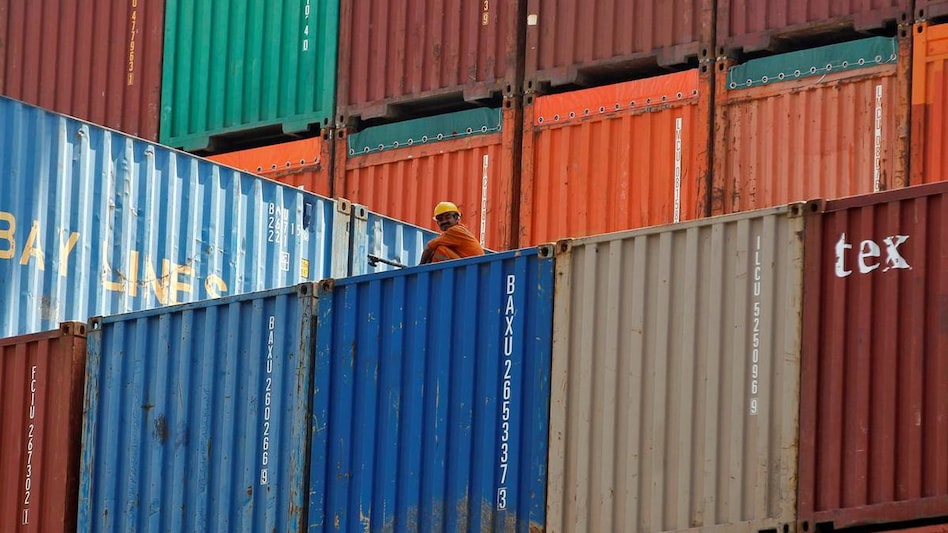 The task of formulating the policy will be daunting
The task of formulating the policy will be daunting  The task of formulating the policy will be daunting
The task of formulating the policy will be daunting India will introduce its foreign trade policy in 2022. The policy will be the guiding principle for foreign trade for the next five years. Amid global pressure, Covid-19, and the vision of a self-reliant India, the task of formulating the policy will be far more daunting.
“One of the major challenges that need immediate attention is to boost domestic manufacturing. We are dependent on imports for a range of products, so the new trade policy should boost domestic manufacturing and should also suggest ways to make it competitive,” says Ram Singh, Professor at Indian Institute of Foreign Trade.
Another important industry demand is to have WTO compliant schemes. According to WTO, countries should not have many subsidising schemes for the exporters. The government has already taken some steps in this direction but some more steps are required in this direction.
To make export promotion schemes as per the norms of WTO, India discontinued the MEIS scheme, which was the incentivisation scheme and introduced duty neutralisation rates under the Remission of Duties and Taxes on Exportable Products (RoDTEP), which will refund embedded duties and taxes not refunded earlier, such as fuel, stamp and electricity duty, including those implemented at the state and local levels. The Union Budget 2021–22 has allocated Rs 13,000 crore for the RoDTEP.
Throwing light on the red-tapism involved in getting refunds under various schemes, Singh added, “In other countries, there is a mechanism for integrated tax neutralisation -- a single window. But in India, for example, there is a duty drawback scheme that provides the refund/ recoupment of custom and excise duties paid on inputs or raw materials etc, then there is GST, to get a refund for both you have to do documentation separately. On top of it, to get refunds of state-level taxes, you will have to do the documentation all over again, which is a huge burden. So just like other countries, we need to have a single window for this,” says Singh.
According to Singh, cutting down logistics costs are mandatory to make products competitive. He believes that it will happen in the next few years.
In the wake of the Covid-19 pandemic, which disrupted the supply chains across the world, the lessons learnt from the ongoing pandemic should be taken into consideration. According to industry insiders, digitisation and e-commerce are two ways to go about this. Singh also says the same, suggesting the way forward, he says that the two government policies, one district one product and e-commerce policy should not work in silos but should complement each other.
Ronak Chiripal, CEO, Nandan Terry Ltd believes that a new trade policy should cover upgrading the technology and upskilling the exporters which will eventually help Indian exporters to be competitive on their advantage rather than relying on government subsidies which can be achieved through tech upgradation and training.
One area where India needs to focus more is free trade agreements, now under the new foreign trade policy. Various industries are demanding new strategies for their regional and bilateral trade agreements. Under the new trade policy, India can further explore avenues for tapping trade opportunities with leading economies using the services FTA.
In addition to this, industry insiders believe that export awareness is an issue of high importance, so trade policy can make a provision for government workshops and awareness programmes that educate and inform traders about international laws and standards, global markets, intellectual property rights, patents and geographical indication (GI).
Also read: Stock exchanges, clearing corps, depositories introduce roadmap for T+1 settlement cycle in equity market
Also read: How sustainable is India's trade and why does it matter to global markets?
Copyright©2025 Living Media India Limited. For reprint rights: Syndications Today